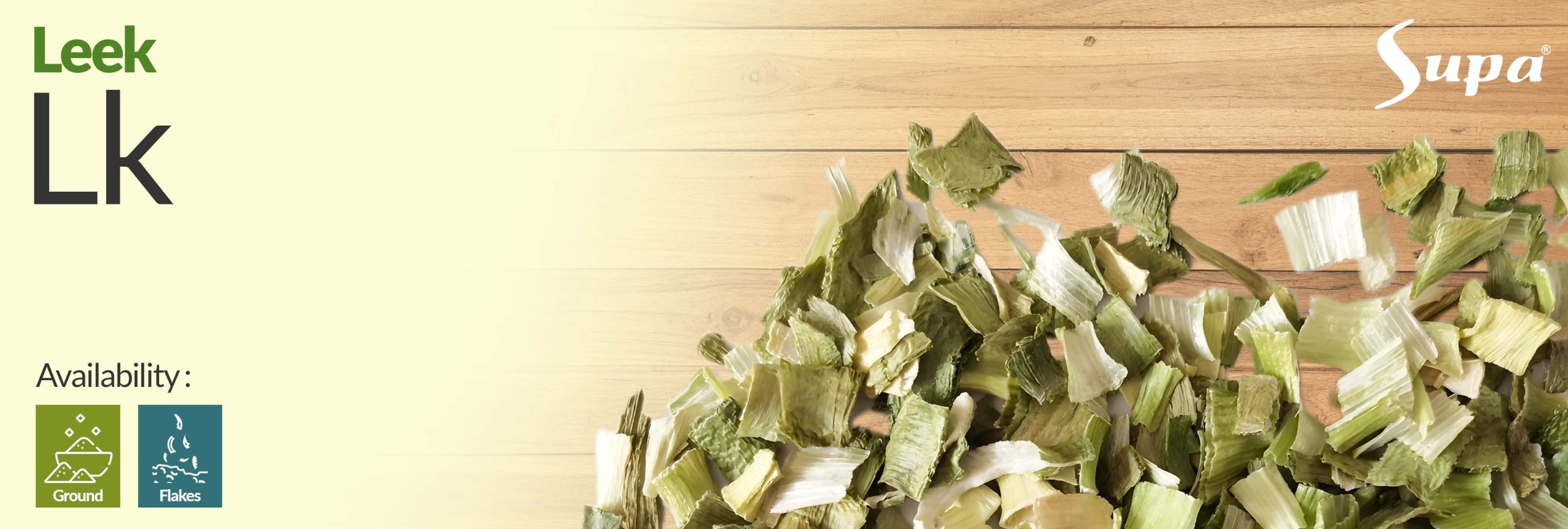
The history of leek, scientifically known as Allium ampeloprasum var. porrum, can be traced back to ancient civilizations and spans thousands of years. Native to the Mediterranean region, leeks were first cultivated by the ancient Egyptians and Greeks. The ancient Egyptians regarded leeks highly and believed that they had medicinal properties and could provide strength and endurance to the body.
Leeks also played a significant role in ancient Roman culture, where they were not only used as a staple food but also featured in various festivals and rituals. The Roman Emperor Nero was known to enjoy leeks in his diet, which further popularized their consumption across the empire.
As civilizations traded and interacted, leeks found their way to other parts of the world, including Europe and Asia. The vegetable became an essential ingredient in European medieval cuisine, featuring prominently in stews, soups, and pies.
Today, leeks are grown and enjoyed worldwide. Their mild onion-like flavor adds depth and aroma to countless dishes, and they are particularly favored in soups and as a key ingredient in the classic French dish, vichyssoise. Leeks continue to be valued for their versatility and nutritional value, making them a beloved vegetable in various culinary traditions around the globe. The long and rich history of leeks serves as a testament to their enduring appeal and importance as a cherished vegetable in human diets throughout the ages.
Flavor: The flavor of chili can vary depending on the specific type and its level of spiciness. Most chili peppers have a bold and distinct taste characterized by a combination of heat and pungency. Some chili varieties may have fruity, smoky, or earthy undertones, while others are more straightforward in their spiciness. Taste: When consumed, chili peppers deliver a hot and fiery taste due to the presence of capsaicin, the compound responsible for the sensation of spiciness. The heat level can range from mild to extremely hot, depending on the chili variety and its Scoville Heat Units (SHU). Aroma: Chili peppers have a distinctive aroma that is often described as pungent, spicy, and sometimes slightly fruity or floral. The aroma becomes more pronounced when chili peppers are cooked or dried, releasing their characteristic spicy scent.
Culinary Ingredient: Leeks are used as a versatile culinary ingredient in a wide range of dishes, including soups, stews, quiches, and salads, adding a mild onion-like flavor. Garnish: Leeks are often used as a garnish to add an elegant and decorative touch to dishes, particularly when finely sliced and sautéed. Soup Base: Leeks are a common ingredient in soup bases, providing a subtle sweetness and depth of flavor. Braising and Grilling: Leeks are delicious when braised or grilled, bringing out their natural sweetness and creating a tender and flavorful side dish. Culinary Substitution: Leeks can be used as a milder alternative to onions or shallots in recipes, providing a more delicate and nuanced flavor to the dish.
Origin : Turkey Botanical Name : Allium fistulosum Composition : Leek Color : Green Moisture Content : Max 10% Shelf Life : 12 Months Loadability : 20 FCL Package : Carton Packing *For more detailed specifications, please feel free to contact us.
Company Profile Brochure PDF


